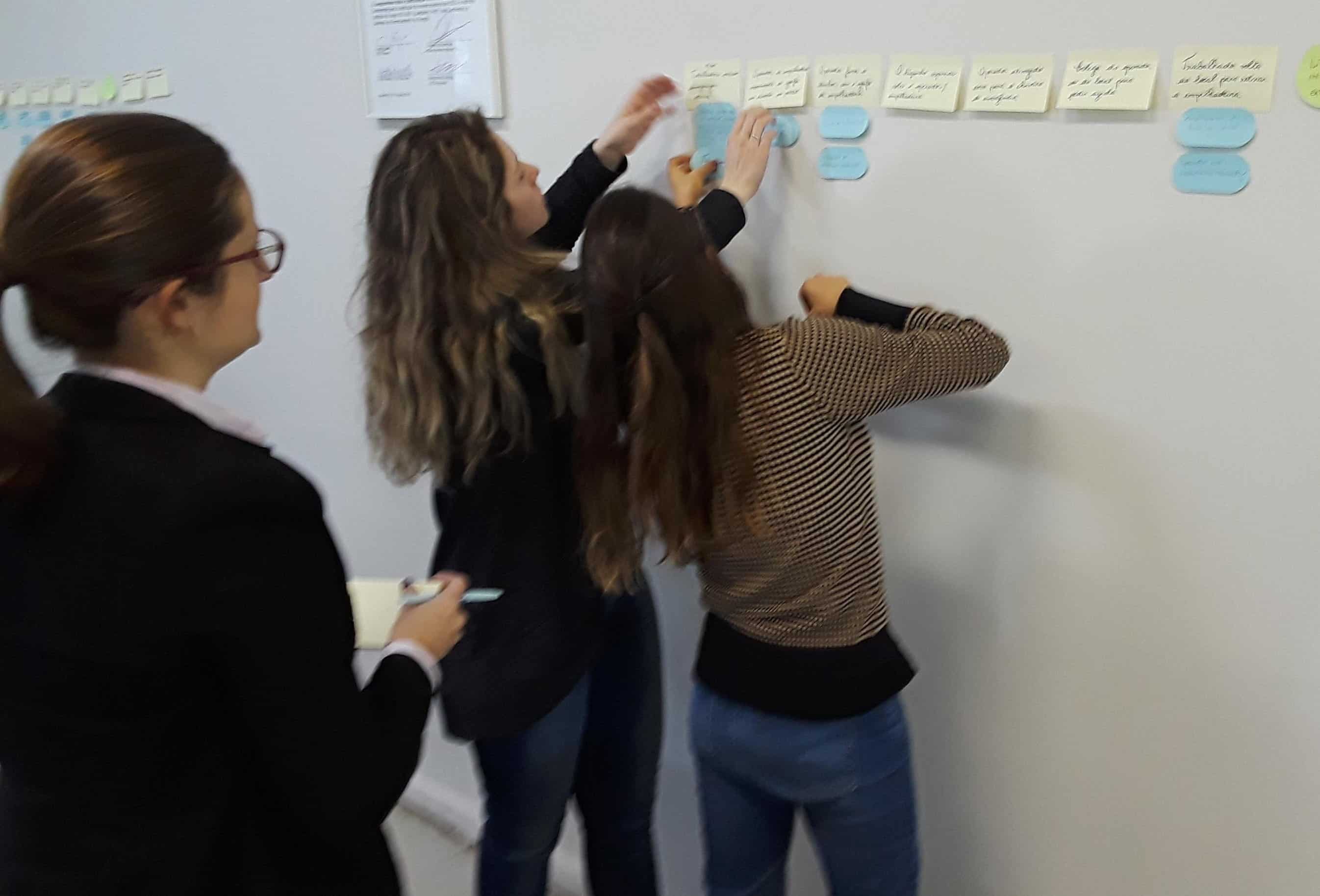Normalization of Excellence – The Rickover Legacy – 18 Other Elements of Rickover’s Approach to Process Safety

The 18 Remaining Elements of Rickover’s Philosophy
The previous three articles discuss Rickover’s “key elements” to achieving safety in the Navy’s nuclear program. They are:
In addition to these three keys that Rickover testified to Congress about, he had 18 other elements that he said were also indispensable. I won’t describe them in detail, but I will list them here:
- Conservatism of Design
- Robust Systems (design to avoid accidents and emergency system activation)
- Redundancy of Equipment (to avoid shutdowns and emergency actions)
- Inherently Stable Plant
- Full Testing of Plant (prior to operation)
- Detailed Prevent/Predictive Maintenance Schedules Strictly Adhered To
- Detailed Operating Procedures Developed by Operators, Improved with Experience, and Approved by Technical Experts
- Formal Design Documentation and Management of Change
- Strict Control of Vendor Provided Equipment (QA Inspections)
- Formal Reporting of Incidents and Sharing of Operational Experience
- Frequent Detailed Audits/Inspections by Independent, Highly Trained/Experienced Personnel that Report to Top Management
- Independent Safety Review by Government Authorities
- Personal Selection of Leaders (looking for exceptional technical knowledge and good judgment)
- One Year of Specialized Technical Training/Hands-On Experience Prior to 1st Assignment
- Advanced Training for Higher Leadership Positions
- Extensive Continuing Training and Requalification for All Personnel
- Strict Enforcement of Standards & Disqualification for Violations
- Frequent Internal Self-Assessments
Would you like to review what Rickover had to say about them? See his testimony here:
What Needed Improvement in the Nuclear Navy?
Now, after the description of the excellence of Rickover’s program, you might think there was nothing to be improved. However, I think the program had three key weaknesses. They are:
- Blame Orientation (Lack of Praise)
- Fatigue
- Needed for Advanced Root Cause Analysis
Let me talk about each briefly.
Blame Orientation
The dark side of a high degree of responsibility was a tendency to blame the individual when something went wrong. Also, success wasn’t celebrated; it was expected. The result was burnout and attitude problems. This led to a fairly high turnover rate among the junior leaders and enlisted sailors. This continues today and people responsible for the program can’t seem to understand how to fix it.
Fatigue
Want to work long hours? Join the Nuclear Navy! Eighteen-hour days, seven days a week were normal when at sea. In port, three-section duty (a 24-hour day every third day) was normal. This meant that you NEVER got a full weekend. Many errors were made due to fatigue. I remember a sailor was almost killed performing electrical work because of actions that just didn’t make sense. He had no explanation for his errors (they were multiple), and he knew better because he was the person that trained everyone else on the correct way to perform the job. But he had been working over 45 days straight – 12 hours per day. Was he fatigued? It never showed up in the incident investigation.
There have been many other accidents across the Navy that indicate a potential for fatigue as a cause. Was that potential cause ever addressed? NO.
Advanced Root Cause Analysis
Root Cause Analysis in the Nuclear Navy is basic. Assign smart people, and they will find good “permanent fixes” to problems. And this works … sometimes.
The problem? The Nuke Navy doesn’t train sailors and officers how to investigate human errors. That’s where advanced root cause analysis comes in. TapRooT® Root Cause Analysis has an expert system that helps people find the root causes of human error and produce fixes that stop the problems.
Whenever I hire a Navy Nuke to work at System Improvements, they always tell me they already know about root cause analysis because they did that “on the boat.” But when they take one of our courses, they realize that they really have so much to learn.
Read Part 7: Statement of Admiral Rickover in front of the Subcommittee on Energy Research and Production of the Committee on Science and Technology of the US House of Representatives – May 24, 1979
If you would like to learn more about advanced root cause analysis, see our training descriptions:
And sign up for our weekly newsletter using the form at the bottom-right of this page.



